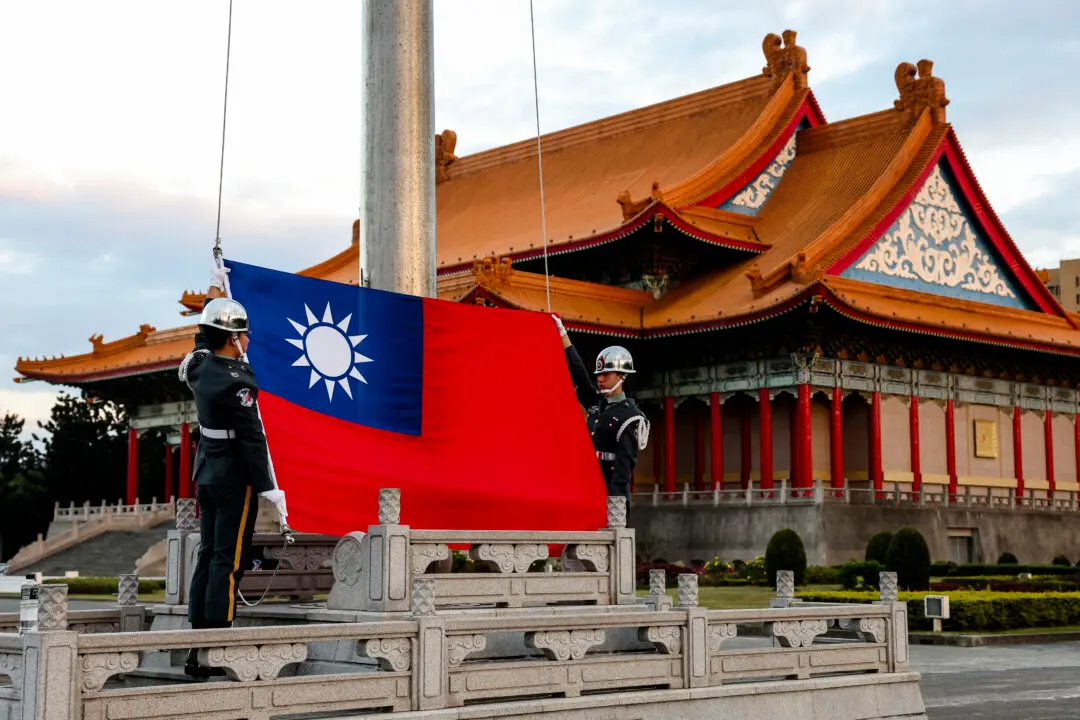The aircraft was recovered using a remotely operated vehicle that attached specialized rigging and lift lines to the aircraft. Another vessel then used a crane to lower a hook to the seafloor and connect it to that rigging, ultimately lifting the aircraft to the surface and hoisting it onboard.
“Ultimately, this deliberate approach resulted in the correct capabilities conducting recovery operations within 37 days of the incident,” said Captain Gareth Healy, Commodore of Task Force 75.
“Given the unique challenges of this problem and the unique technical capabilities that NAVSEA delivered, this was an aggressive and achievable timeline.”
The jet had a rough landing on the USS Carl Vinson aircraft carrier during routine flight operations on Jan. 24, after which it slid and crashed into the sea.
Its pilot ejected from the aircraft during the incident, and three sailors were hospitalized.
The loss of the stealth fighter, one of the most advanced in the United States’ forces, triggered fears that the Chinese Communist Party would attempt to salvage the wreckage first, and thereby be able to reverse engineer the aircraft’s technology.
The aircraft will be delivered to a local military installation as part of an ongoing investigation and evaluated for transport back to the United States, the Navy said.
The saga of the downed F-35 comes amid heightened tensions in the region between American and Chinese forces. The recent invasion of Ukraine by Russia triggered fears that China could potentially invade the island of Taiwan.





